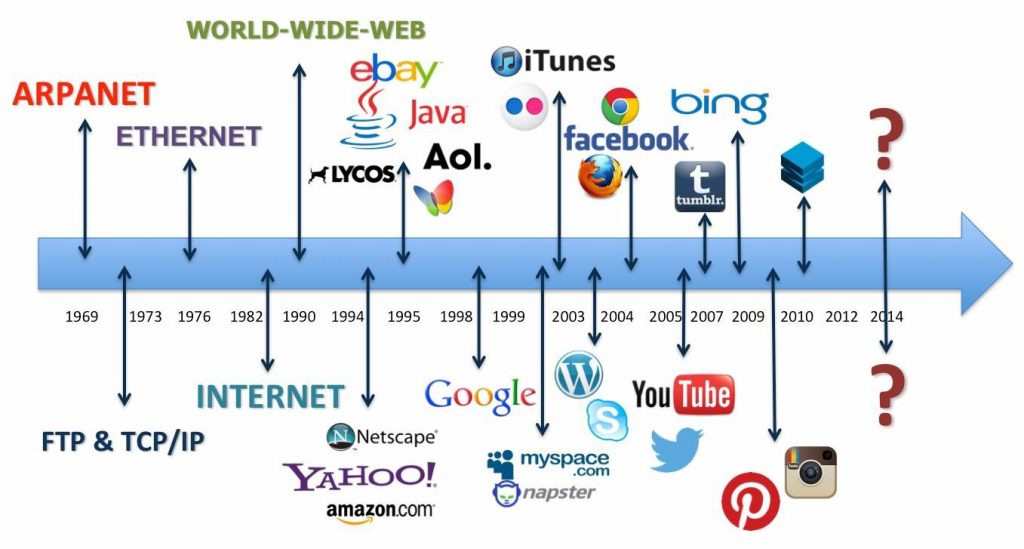All the Firsts: World Wide Web

How many of us Internet users do you suppose there are? Keep reading and you’ll soon learn. But first, here’s some context.
Twenty-five years ago, on August 23, 1991, the public was granted entrance into the World Wide Web. Envisioned, designed, and deployed by Tim Berners-Lee, a British computer scientist at CERN, The European Organization for Nuclear Research in Switzerland, the World Wide Web started out as nothing more than an idea scratched out on a sheet of paper.

 In 1989, he proposed an idea; a universal, linked information system. Designed to help physicists collaborate, he combined the existing Internet with hypertext. The next year was a rather busy one for Berners-Lee, building Hypertext Transfer Protocol (HTTP), Hypertext Markup Language (HTML), Uniform Resource Identifier (URL), and the first web browser and server. The first webpage (still living here in all its original glory) went live on August 6, 1991.
In 1989, he proposed an idea; a universal, linked information system. Designed to help physicists collaborate, he combined the existing Internet with hypertext. The next year was a rather busy one for Berners-Lee, building Hypertext Transfer Protocol (HTTP), Hypertext Markup Language (HTML), Uniform Resource Identifier (URL), and the first web browser and server. The first webpage (still living here in all its original glory) went live on August 6, 1991.
Initially only available to CERN users, the webpage explained what the World Wide Web was. Soon thereafter, users outside of the organization were invited, cementing August 23, 1991 as Internaut Day in history books (and on the Internet).

According to Internet Live Stats, today there are nearly 3.5 billion Internet users in the world. With some 4.7 billion webpages, the Internet hosts almost one zettabyte of data (1 billion Terabytes). To put all this into perspective, usership was less than one percent in 1995. Today, close to 40 percent of the world’s population has an Internet connection.
If you’re one of these proud users, there’s a special name for you too: “Internaut.” Although some etymological speculation exists, “Internaut” is a combination of “Internet” and “astronaut” and is a completely appropriate way to refer to those of us out there on the World Wide Web.
So, congratulations! The fact that you’ve read this makes you an Internaut. And well, what’s the Internet without a good cat gif?
